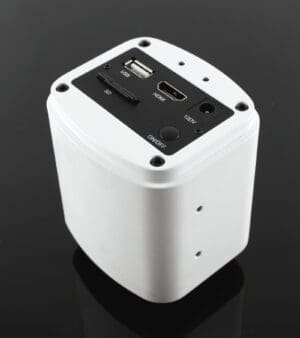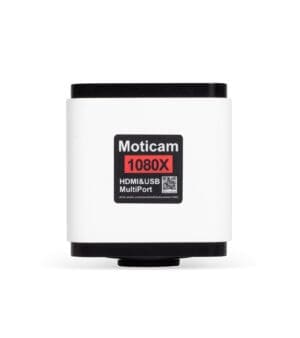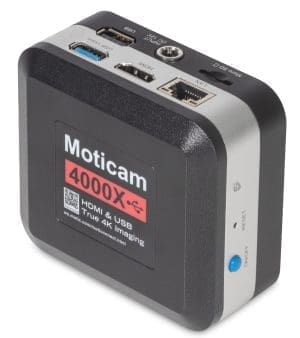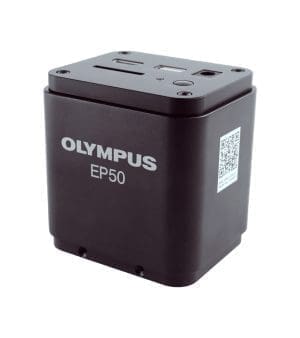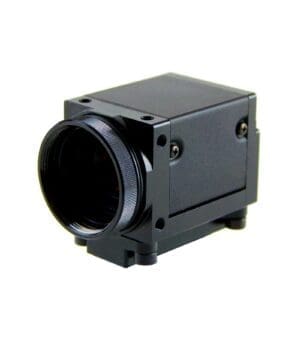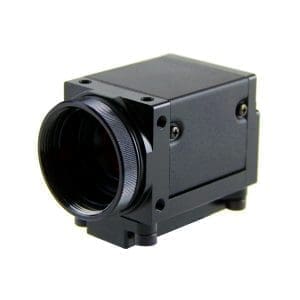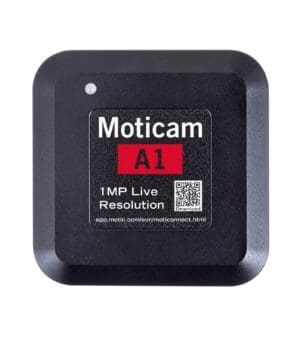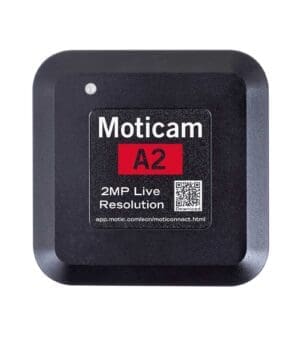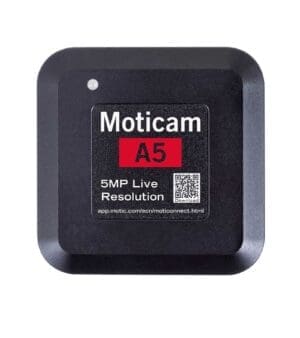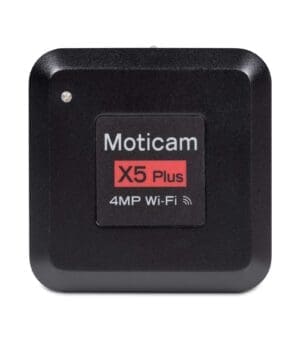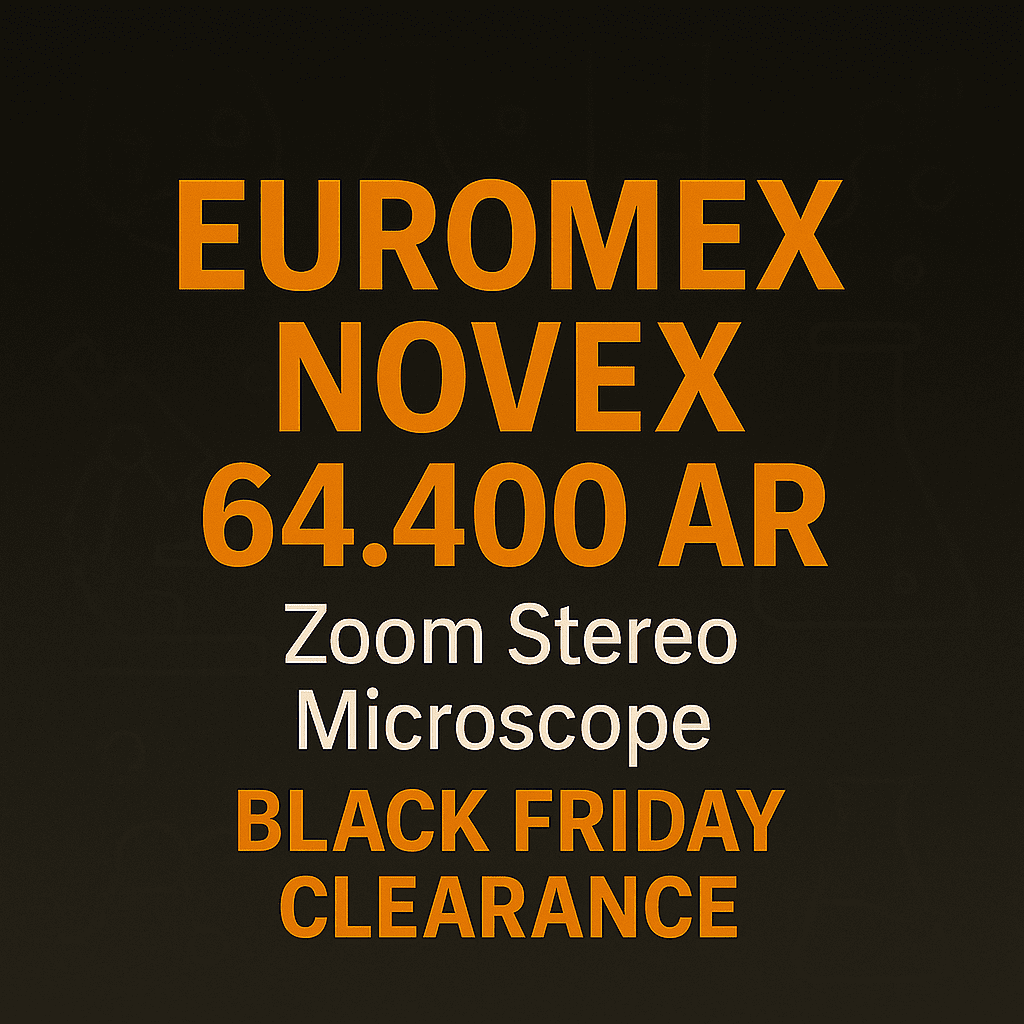Microscope cameras, also known as C-mount cameras or scientific cameras, and sometimes even CCD or CMOS cameras, are used to digitally image samples through a microscope or vision system.
This process is also known as photomicrography. They enable users to live view, image capture, and perform further analysis of samples.
C-Mount cameras are used in virtually every microscopy discipline concerned with life and material science. They are also widely used in manufacture and production industries alongside new optical technologies, and alternative to traditional microscopes commonly referred to as vision systems. There is much to consider when selecting a camera to mount onto a microscope or vision system. This will also require additional hardware in most cases. However, the goal is to synchronise a trifecta of optics, illumination, and camera properties, for a successful imaging system.
Trinocular Head: Cameras are ideally mounted to a microscopes trinocular head or camera port. On upright compound and stereo microscopes, trinocular heads provide an additional light path for mounting a camera, that doesn’t interfere with the traditional view down microscope eyepieces.
Camera Coupler: also known as a camera adapter, or C-Mount adapter, this provides the link between the microscope and the camera, and is necessary for integration. The magnification of these adapters varies, and this needs to be matched with the camera sensor to ensure adequate field of view is achieved. Too much magnification and the camera will not capture enough of what the microscope can see (field). To little magnification and the image shown on your camera could vignette (black edges). Best scientific make our own camera adapter and more info can be seen on this product here www.bestscientificcouplers.com
Resolution: Microscopes and vision systems are able to resolve small structures and make them visible. However, translating this to camera sensors and resolution is not straightforward. Microscopes (especially older models) have limited resolution capabilities, so adding very high mega pixel cameras can be a false economy.(This is known as empty magnification) Instead, matching what the microscope is capable of to a camera of equivalent ability, is what Best Scientific recommend. Any system, with regards to resolution, will only be as strong as its weakest link.
Sensitivity: The contrast technique of the microscope needs to be considered when selecting a camera. Low light illumination techniques such as DIC, dark field, phase contrast, polarisation, and fluorescence, can be difficult conditions to capture images in. A camera chip with suitable sensitivity and exposure times will benefit. However shorter exposures will require more sensitivity, and this can introduce noise to your images. (grainy appearance)
Microscope cameras have also benefitted from improvements regarding connection, workflow, and operation interfaces. Specifically, two options below.
USB: Microscope cameras with USB connection rely on a software interface via a PC or laptop to control the camera. Images are saved to the computer’s hard drive. The software can be included for free but more sophisticated software and advanced imaging techniques such as image stacking (layering) or image stitching (mosaics) are additional cost. USB 3 interface now gives faster framerates at higher resolutions.
HDMI: Microscope cameras with a fast HDMI interface connect straight to a monitor for live view. The camera is controlled using pop-up on-screen commands (via mouse control) and images are saved to an SD card (like a DSLR camera) This format means you do not need a computer, but more advanced imaging processes are not possible.
Thanks to advances in technology, reduction in camera sensor manufacture cost, and improvements in software development, there are now many microscopy dedicated cameras available for different imaging techniques. Whether you’re in research, education, industry, or it’s your hobby, we have suitable microscope camera to suit your workflow, imaging requirements and budget.
